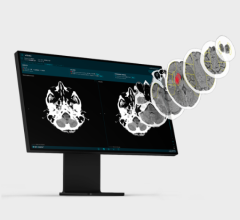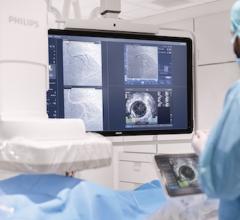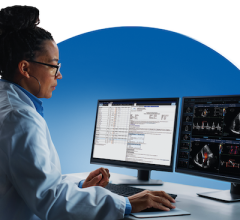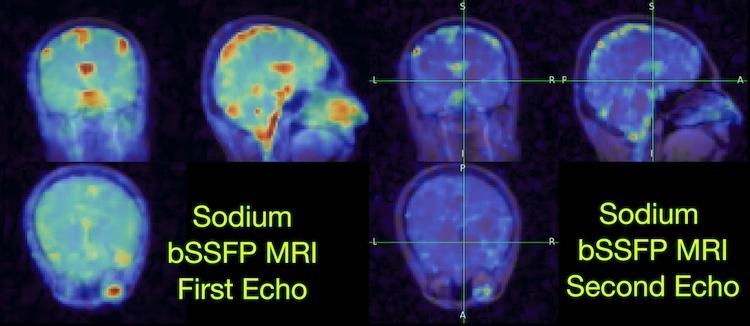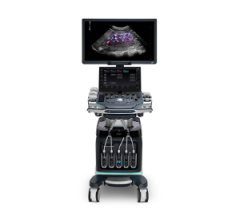Dec. 12. 2025 — A new study has found that an individualized approach to breast cancer screening that assesses patients’ risk, rather than annual mammograms, can lower the chance of more advanced cancers, while still safely match people to the amount of screening they need.
Radiology Imaging
The radiology imaging channel includes technology news related to computed tomography (CT), digital radiography (DR / X-ray), ultrasound, magnetic resonance imaging (MRI), radiographic fluoroscopy (R/F), mammography, angiography, 3-D printing, contrast media injectors, molecular imaging, neurological imaging, pediatric imaging and radiation dose management.
Jan. 6, 2026 — DirectMed Imaging, a portfolio company of Frazier Healthcare Partners, has acquired Tri-Imaging Solutions ...
Dec. 18, 2025 — Brainomix, a provider of AI-powered imaging biomarkers for stroke and lung fibrosis, has announced ...
Dec. 19, 2025 — Washington University in St. Louis (WashU) has been recognized as a Focused Ultrasound Center of ...
SPONSORED CONTENT — Fujifilm’s latest CT technology brings exceptional image quality to a compact and user- and patient ...
Dec. 15, 2025 — Royal Philips has entered into an agreement to acquire SpectraWAVE, Inc., an innovator in enhanced ...
Dec. 12. 2025 — A new study has found that an individualized approach to breast cancer screening that assesses patients’ ...
Dec. 16, 2025 — Hologic, Inc, a medical technology company dedicated to improving women’s health, recently announced new ...
Agfa Radiology Solutions is committed to enhancing clinical outcomes and operational efficiency, underscoring its ...
Dec. 12, 2025 — Hyperfine, Inc. has announced that it has received FDA clearance for a new multi-direction diffusion ...
Dec. 9, 2025 — NVision Imaging Technologies, developer of quantum technology enabling imaging of cell metabolism through ...
Dec. 1, 2025 — Researchers at the University of California, Berkeley and University of California, San Francisco have ...
Agfa Radiology Solutions delivers diagnostic imaging solutions that set the standard in productivity, safety, clinical ...
Dec. 5, 2025 — Virtual Phantoms Inc. has launched VirtualDose DX — the company’s latest innovation in radiation dose ...
Nov. 30, 2025 – Ascend Cardiovascular, a provider of purpose-built enterprise imaging for cardiology, and Konica Minolta ...
Dec. 8, 2025 — Lunit, a provider of AI for cancer diagnostics and precision oncology, has submitted a 510(k) premarket ...
In June, the Philips Radiology Experience Tour hit the road to provide healthcare professionals with an opportunity to ...
A new study shows large increases in the use of computed tomography (CT) scans of the head in emergency departments ...
Healthcare has reached a critical juncture. The World Economic Forum estimates that global medical costs will see double ...
Dec,. 1, 2025 — Canon has announced that the U.S. Food and Drug Administration (FDA) has granted [510(k) clearance/PMA ...
Dec. 01, 2025 — DeepHealth, a wholly owned subsidiary of RadNet, Inc., has launched the DeepHealth Breast Suite,2 an end ...
Dec. 1, 2025 — ScreenPoint Medical has completed a commercial agreement making its Transpara breast-imaging AI portfolio ...
Dec. 1, 2025 – Zwanger-Pesiri Radiology, one of the most respected and technologically advanced outpatient radiology ...
Nov. 26, 2025 — a2z Radiology AI has received U.S. FDA clearance for a2z-Unified-Triage, a single device that flags and ...
Dec. 1, 2025 — Mindray, a company specializing in patient monitoring, anesthesia, and ultrasound, has unveiled the ...




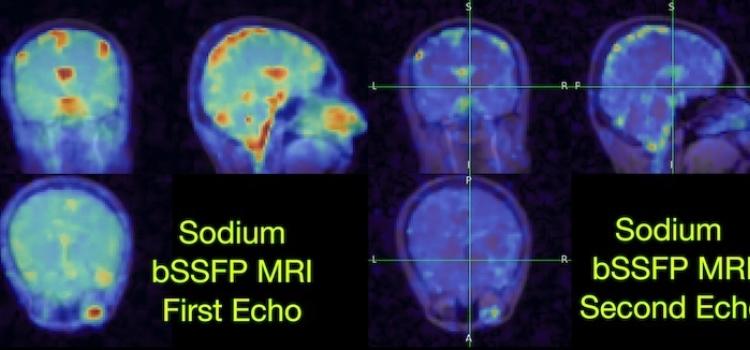
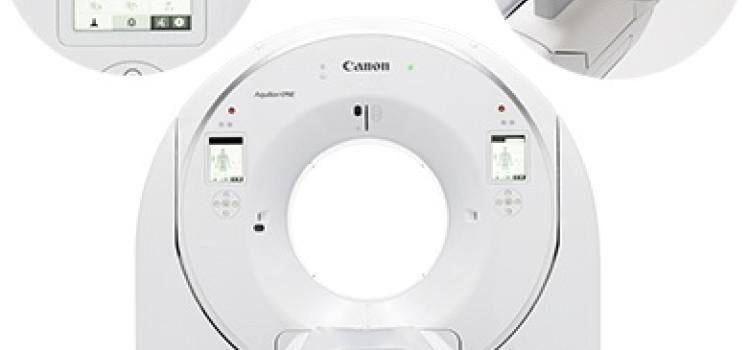

 January 06, 2026
January 06, 2026 
